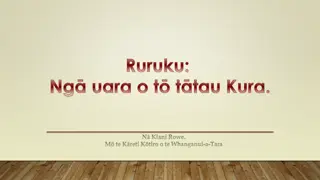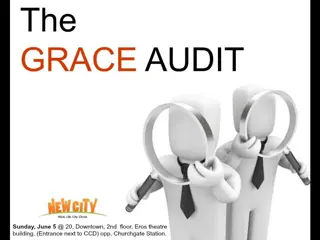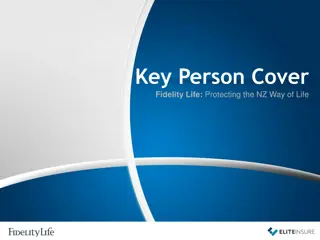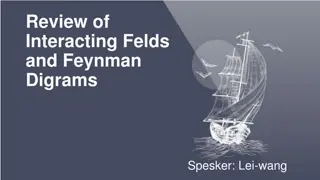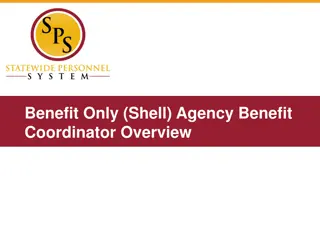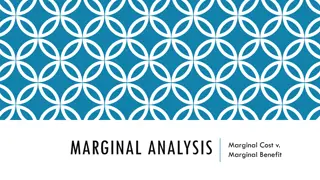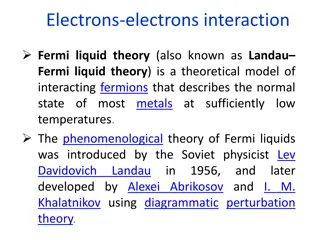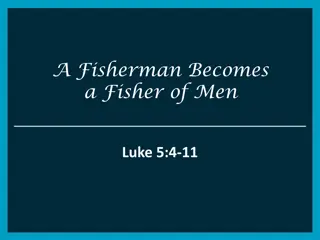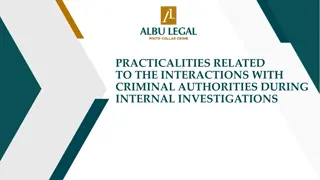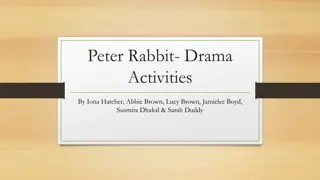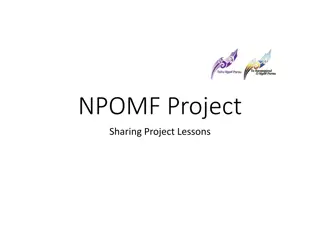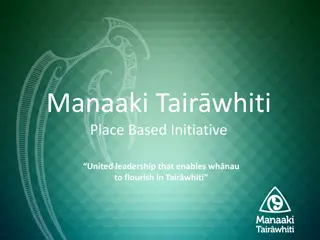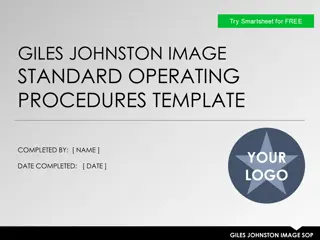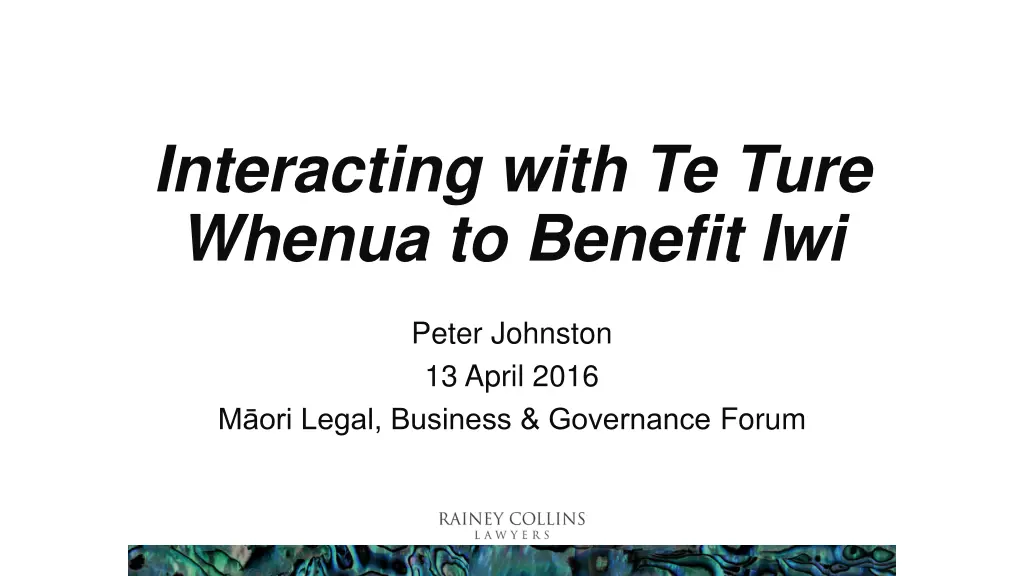
Te Ture Whenua – Interacting for Iwi Benefit in Mori Legal Business & Governance Forum
Explore the key statistics, possible benefits, and impact on Mori trusts and incorporations of interacting with Te Ture Whenua to benefit Iwi. Delve into the Mori Land Governance, utilization rates, historical benefits, and advantages under the TTWM Act of 1993.
Uploaded on | 0 Views
Download Presentation

Please find below an Image/Link to download the presentation.
The content on the website is provided AS IS for your information and personal use only. It may not be sold, licensed, or shared on other websites without obtaining consent from the author. If you encounter any issues during the download, it is possible that the publisher has removed the file from their server.
You are allowed to download the files provided on this website for personal or commercial use, subject to the condition that they are used lawfully. All files are the property of their respective owners.
The content on the website is provided AS IS for your information and personal use only. It may not be sold, licensed, or shared on other websites without obtaining consent from the author.
E N D
Presentation Transcript
Interacting with Te Ture Whenua to Benefit Iwi Peter Johnston 13 April 2016 M ori Legal, Business & Governance Forum
Outline Brief overview of key statistics Possible benefits to iwi Impact on M ori trusts and incorporations Utilisation of MFH land What next? 1
Te Ture Whenua Mori Act 1993 Governs M ori land Came into force 1 July 1993 Retention Utilisation Repeal & replace Not a final draft 2
Overview of Mori Land Key statistics M ori Freehold Land Governance Utilisation 3
Mori freehold land 1.4 million ha 5.5% of New Zealand s land mass 12% of the North Island Over 27,400 titles Average size is 54 ha 4
Mori freehold land location Mostly located in the centre and east coast of the North Island: Waiariki Tair whiti Aotea 5
Mori Land Governance 78% of MFL vested in governance body Vested: average size of 99ha and 217 owners Unvested: average size of 20ha and 7 owners 6
Regional differences Governance levels vary: Waiariki Tair whiti Aotea Te Waipounamu Taitokerau 7
Mori Land Utilisation Rates 20% well developed 40% under- performing 40% under utilised 8
Benefits to iwi from Te Ture Whenua Historically: Remove land from communal ownership Individualisation Alienation 9
Benefits to iwi under TTWM Act 1993 Mainly indirect M ori Trusts & Incorporations Asset base $12.5b Beneficiary entitlements Employment 10
Benefits to iwi under reform Wait and see Monitor progress 11
Under Te Ture Whenua Act 1993 Sale of MFH Land Iwi not a preferred class No right of first refusal No preferential treatment 12
Position under current reforms Iwi preferred status Purchase ahead of general public Help ensure retention of MFH lands in hands of wh nau, hap & iwi 13
Te Ture Whenua - Use in Practice/ Benefit to Community Existing successful M ori Trusts and Incorporations Raising level of MFH land governance Raising level of performance of governors Raising the level of land utilisation 14
Successful Mori Trusts and Incorporations $12.5b asset base Tried and tested Abandoned proposals: One size fits all Rangat p Governance Structure Constitution Major transaction Dispute resolution 15
Raising level of MFH Land governance Regional differences Role of M ori Land Service Codified process 16
Raising the levels of performance of governors Upskilling and training Existing governors New governors Role of M ori Land Service 17
Raising the level of land utilisation Where no governing body Landowner decision making Quorum requirements Role of M ori Land Service 18
Reform What next? Opportunities Risks Reforms not final Get involved Select Committee process 19
Questions? 20
Interacting with Te Ture Whenua to Benefit Iwi Peter Johnston 13 April 2016 M ori Legal, Business & Governance Forum 21


